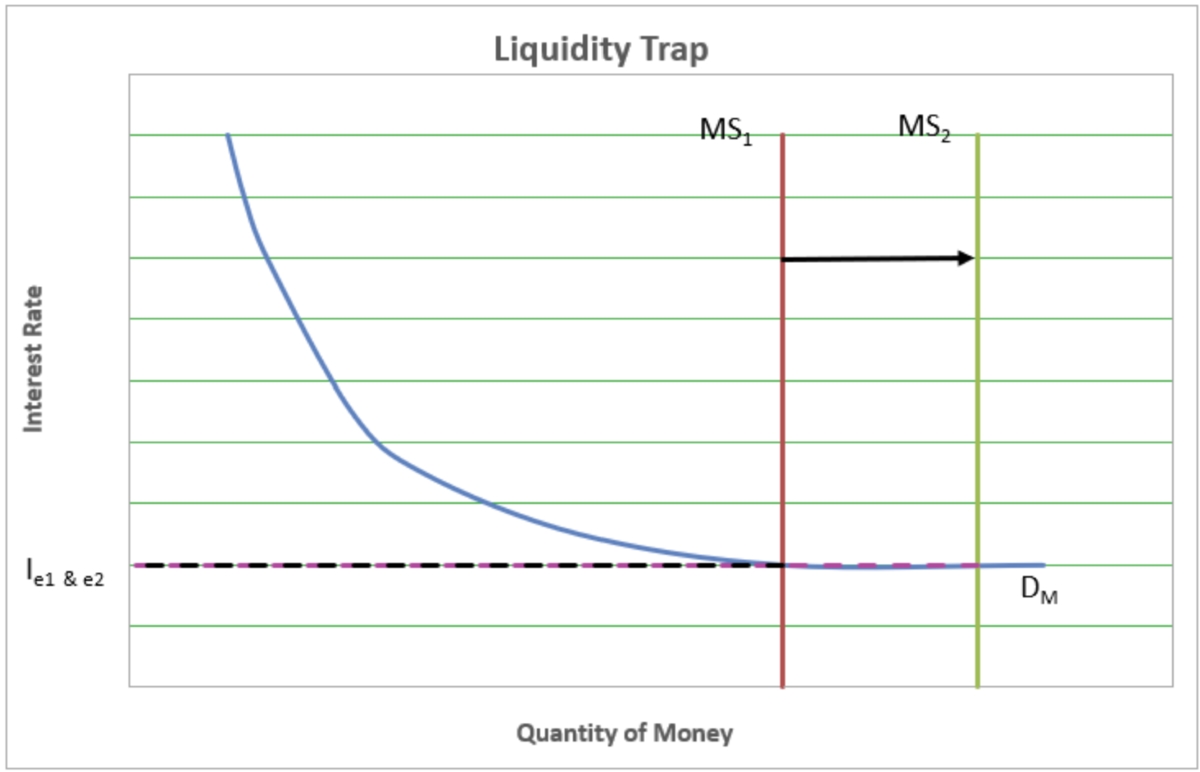

Finance
Value Trap Definition
Published: February 15, 2024
Discover the meaning of Value Trap in finance and learn how to avoid getting trapped in investments that seem attractive but lead to losses.
(Many of the links in this article redirect to a specific reviewed product. Your purchase of these products through affiliate links helps to generate commission for LiveWell, at no extra cost. Learn more)
The Value Trap Definition: Avoiding Financial Pitfalls
Welcome to the Finance category of our blog! Today, we will be diving into the world of value traps in investing and understanding the value trap definition. Whether you are an experienced investor or just starting out, it is essential to be aware of potential pitfalls that can hinder your financial success. So, what exactly is a value trap?
A value trap occurs when an investor is lured into buying a stock or asset that appears to be undervalued, but in reality, it is a poor investment choice. These investments often have seemingly attractive valuations, with low price-to-earnings ratios or below average price-to-book ratios. However, they fail to deliver the expected returns. Falling into a value trap can lead to significant financial losses and frustration.
Key Takeaways:
- A value trap refers to an investment that appears undervalued but turns out to be a poor choice with disappointing returns.
- Investors should conduct thorough analysis and research to avoid falling into value traps and protect their financial interests.
Now that we have a basic understanding of the value trap definition, let’s explore some key strategies to avoid falling into this financial trap:
- Thorough Research and Analysis: One of the most crucial steps in avoiding value traps is to perform comprehensive research on the company or asset you are considering. Dive deeper into its financial statements, management team, competitive position, and industry trends. Look for any potential red flags or warning signs that can impact its future performance.
- Focus on Quality, not Just Valuation: While analyzing the valuation of an investment is essential, it is equally important to assess the quality of the underlying business. Look for companies with solid fundamentals, strong competitive advantages, and a track record of generating consistent profits. Investing in high-quality companies can reduce the risk of falling into a value trap.
- Consider Long-Term Potential: Value traps often arise when investors focus solely on short-term price movements and fail to consider the long-term growth potential of a company. Look for investments that have a clear and sustainable competitive advantage, as well as a strong potential for long-term growth.
- Seek Professional Advice: If you are unsure about your investment decisions or lack the expertise and time to conduct in-depth research, seeking guidance from a qualified financial advisor can be a wise choice. An experienced advisor can provide valuable insights, help you avoid value traps, and create a well-diversified investment portfolio.
To sum it up, understanding the value trap definition and implementing strategies to avoid falling into this financial pitfall is crucial for successful investing. Remember to conduct thorough research, focus on quality rather than just valuation, consider long-term potential, and seek professional advice when needed. By doing so, you can protect your financial interests and increase your chances of achieving sustainable long-term growth.














